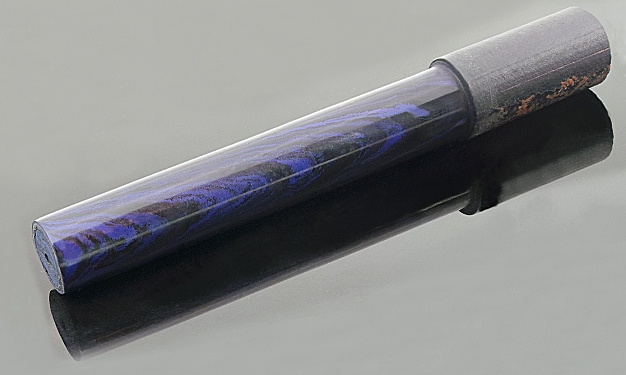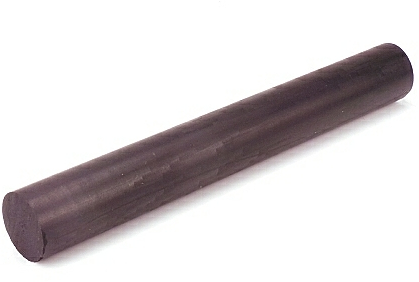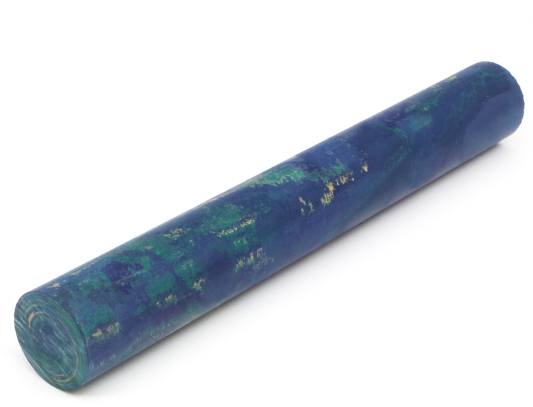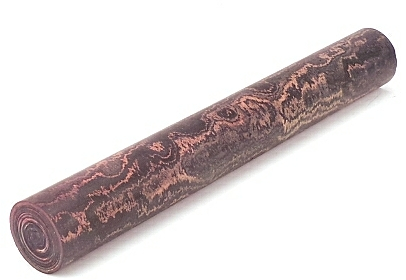Ebonite is more than just a material – it’s tradition in your hand. Warm to the touch, rich in character, and with a story that goes back over 170 years, ebonite remains a timeless favorite for pen makers and collectors alike.
Explanation Text
Ebonite is a vulcanized hard rubber, created by combining natural rubber with a high amount of sulfur. This process permanently cross-links the rubber, turning it from soft and elastic into a dense, durable, and form-stable material. Unlike synthetic plastics such as phenolic resins (Bakelite), ebonite remains slightly softer, highly impact-resistant, and extremely resistant to many chemicals.
Manufacture
Only highly unsaturated natural rubbers can be used for ebonite, as their many double bonds allow strong sulfur cross-linking. A mixture of rubber and sulfur is heated to around 150–200 °C and then “baked” for many hours. This long curing process ensures maximum density and strength. Typically, ebonite contains 30–40% sulfur.
Properties
- Easy to machine, turn, thread, and polish
- Allows precise screw threads and even fine laser engravings
- Softer than acrylic or Juma, giving it a warm, natural feel, though slightly more prone to scratches
- High toughness and long-term chemical resistance
- Sensitive to UV light: prolonged sunlight may lead to surface discoloration
Look and Feel
Polished ebonite develops a deep, silky shine. Unlike cold acrylics, it feels warm and organic in the hand. Over time, ebonite acquires a subtle patina that adds individuality and character to each piece.
Origins and Variants
Japanese ebonite is known for its density, color stability, and brilliant hues, while European producers often focus on traditional deep blacks and mottled patterns. Each origin has its own charm and appeal.
Uses
Since the 19th century, ebonite has been used in many fine crafts: mouthpieces for woodwind instruments, pipe stems, jewelry, combs, piano keys – and of course, fountain pens. Early ink feeds were almost exclusively made from ebonite.
Today, ebonite is experiencing a renaissance in the world of fine writing instruments. It stands as a bridge between tradition and modern craftsmanship, combining history, natural beauty, and a unique tactile experience.
Sources
Bilder



